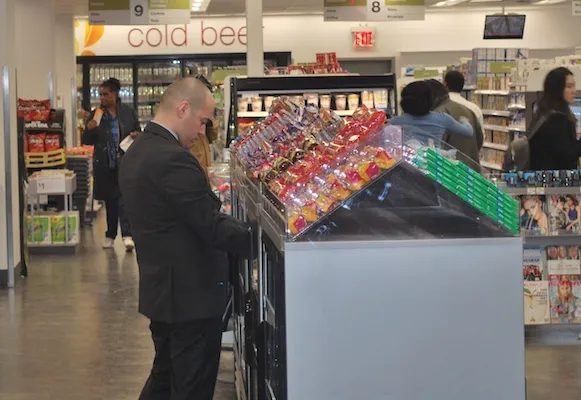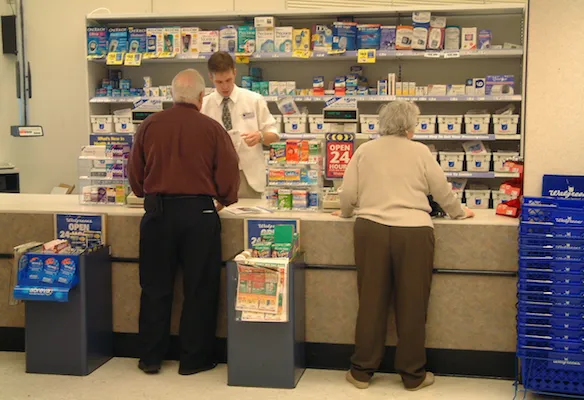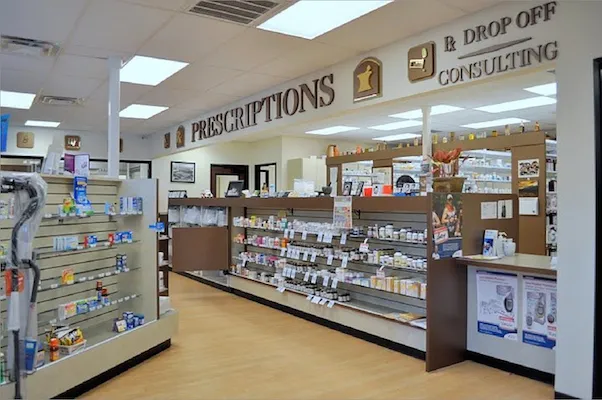Specialty drugs and branded drug price inflation are contributing to a projected rise in U.S. pharmacy costs over the next couple of years, according to an analysis by Aon Hewitt.
Pharmacy cost increases for active employees and pre- and post-65 retirees, before plan design changes, are expected to climb 9.5% in 2015 and then rise to 10% in 2016 and 10.5% in 2017, the analysis found.
Tim Nimmer, global chief actuary for Aon Health, said that for 2015 and 2016, “there will be more pressure than relief on pharmacy cost.”
“This is primarily due to high price inflation for brand and specialty drugs, a slowdown in blockbuster drugs losing patent protection, generic dispensing rates leveling off, and the robust pipeline of specialty drugs, including the new hepatitis C treatments,” he explained. “If left unmanaged, these issues could have a significant impact in pushing these increases even higher.”
Low medical costs are likely to rein in some of the higher pharmacy costs, the analysis indicated. Medical cost increases for active and pre-65 retirees before employee cost sharing are estimated at 4.5% in 2015 and 5% in 2016, bringing the combined projected medical and pharmacy cost trend for active and pre-65 employees to 5.4% in 2015 and 5.9% in 2016.
“Over the past few years, employers have implemented a number of strategies to lower medical costs, including cost sharing through higher co-pays or high-deductible plans, implementing high-performance networks, promoting consumerism and optimizing vendor partners,” Nimmer added. “Reduced consumer spending on discretionary items like health care has also contributed to the lower rate of premium increases we have seen. As the economy continues to improve, we expect to see these rates to steadily climb.”
Aon Hewitt recommended steps that employers can take to address the pharmaceutical cost trend. They include the following:
• Adjust pharmacy benefit design components to encourage the use of generic drugs, including the use coinsurance instead of co-pays for branded drugs and mandatory generic and step therapy programs.
• Ensure medical vendors and/or PBMs have programs in place to manage costs, such as prior authorization and care management.
• Implement effective compound drug management strategies.
• Know your company’s specialty drug spend and design specialty benefits to ensure that members get the right specialty medication through the most appropriate setting and that appropriate measurement criteria are in place to measure the effectiveness of the benefit and better control spend.
• Aon Hewitt estimates about half of specialty drug costs are paid under the medical benefit. Total therapy cost for a given specialty medication may vary significantly based on the site of care. Conduct a site of care analysis to identify opportunities to save cost.
• Pharmacy rebates have risen significantly over the last couple years. Conduct regular rebate reporting and evaluate market competitive pricing to ensure current pricing terms are competitive.
“The dramatic increase in specialty costs means that implementing strategies to promote generic utilization, 90-day prescriptions and member adherence in non-specialty categories is more important than ever,” obserfed John Malley, leader of Aon Hewitt’s Innovation Pharmacy Team. “On the specialty side, PBMs have been aggressively negotiating rebate contracts with manufacturers to keep the total cost of these medications in a range employers can reasonably absorb. Employers should continuously monitor their pharmacy pricing, either through discussions with their current PBM or a competitive bid process, to ensure they are receiving the full value of these improved rebate contracts.”









